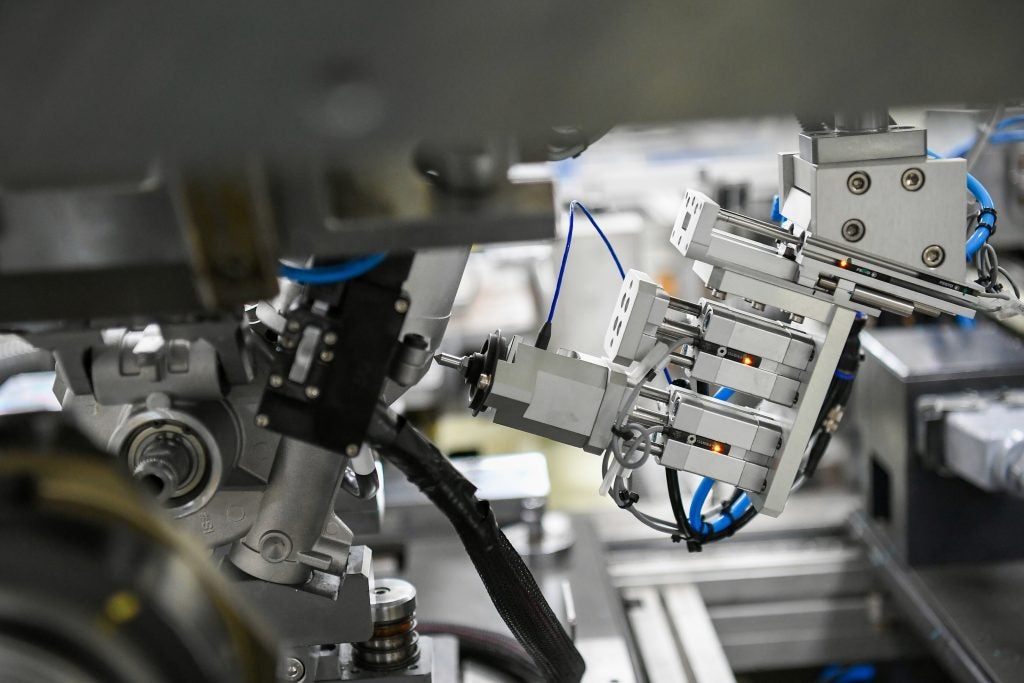Aptiv has been granted a patent for techniques and systems for independent transmit and receive channel calibration for multiple-input multiple-output (MIMO) systems. The patent describes a method for collecting antenna responses from each virtual channel of a MIMO system, separating the transmit and receive components, and computing calibration values for each component. This approach allows for a less expensive and less complex way to calibrate MIMO systems. GlobalData’s report on Aptiv gives a 360-degree view of the company including its patenting strategy. Buy the report here.
According to GlobalData’s company profile on Aptiv, Common rail fuel injection system was a key innovation area identified from patents. Aptiv's grant share as of September 2023 was 56%. Grant share is based on the ratio of number of grants to total number of patents.
The patent is granted for "independent transmit and receive channel calibration for mimo systems."
A recently granted patent (Publication Number: US11777567B2) describes a method and system for calibrating a multiple-input multiple-output (MIMO) antenna array system used in sensors such as radar sensors. The method involves collecting channel responses for a specific angle within the field-of-view of the sensor using the MIMO antenna array system. These channel responses are then used to generate an observation matrix, which is approximated as a rank one matrix. The observation matrix is decomposed using singular value decomposition into a left-singular vector associated with transmit components and a right-singular vector associated with receive components of the MIMO antenna array system.
Based on the left-singular vector, transmit calibration values specific to the transmit components are computed, while based on the right-singular vector, receive calibration values specific to the receive components are computed. These transmit and receive calibration values are maintained as respective transmit calibration matrix and receive calibration matrix, enabling the sensor to calibrate a beam vector transmitted or received via the MIMO antenna array system.
The patent also mentions that the collected channel responses can include responses from multiple virtual channels, with the number of virtual channels determined by the product of the quantity of transmit antennas and receive antennas. The left-singular vector and right-singular vector are each based on the largest singular value obtained from the singular value decomposition of the observation matrix.
Additionally, the transmit calibration matrix and receive calibration matrix are described as sparse, and they have a predefined structure to reduce computations. The patent further states that the system can be used in a calibration chamber, which can be configured as a bistatic chamber.
Overall, this patent presents a method and system for calibrating a MIMO antenna array system used in sensors, particularly radar sensors. The use of singular value decomposition and the generation of transmit and receive calibration matrices help optimize the performance of the antenna array system in transmitting and receiving beam vectors. The sparse structure of the calibration matrices and the predefined structure help reduce computational requirements. The patent also mentions the possibility of using a calibration chamber for executing the calibration method.
To know more about GlobalData’s detailed insights on Aptiv, buy the report here.
Data Insights
From

The gold standard of business intelligence.
Blending expert knowledge with cutting-edge technology, GlobalData’s unrivalled proprietary data will enable you to decode what’s happening in your market. You can make better informed decisions and gain a future-proof advantage over your competitors.







